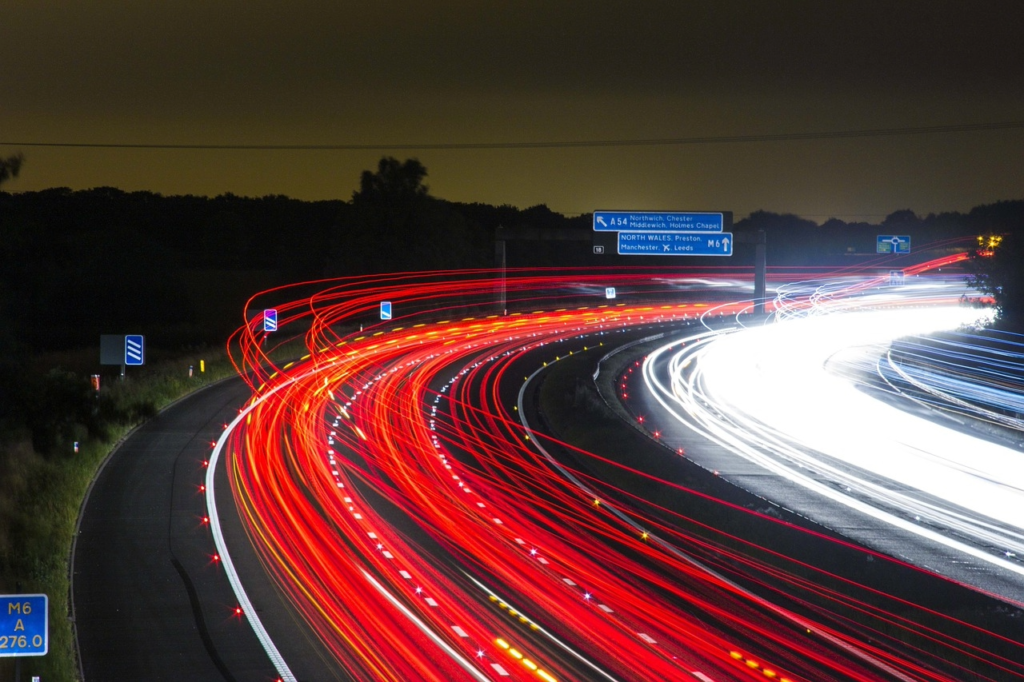Vehicle-to-Everything (V2X) is a technology that enables vehicles to communicate and exchange information with their surroundings using wireless data connectivity. This includes transmitting data from the vehicle’s sensors, cameras, and internal systems to other vehicles, pedestrians, road infrastructure, and Smart City networks. V2X technology seeks to improve road safety, optimize energy efficiency, and enable a more cohesive and smooth interaction between vehicles and other road users.
How Does V2X Technology Work?
V2X technology, or Vehicle-to-Everything, enables cars to communicate with various elements in their environment through several types of wireless interactions:
- V2V (Vehicle to Vehicle): Cars exchange real-time data about speed, location, and direction with each other. This technology is already present in features like lane-change assistance and blind-spot detection.
- V2I (Vehicle to Infrastructure): Vehicles share information with connected road infrastructure such as smart traffic lights and road signs, enhancing traffic management and road safety.
- V2P (Vehicle to Pedestrian): Cars detect and communicate with nearby pedestrians, including bicyclists, strollers, and wheelchairs, to improve safety for all road users.
- V2N (Vehicle to Network): Vehicles exchange data with network systems like LTE and 5G, ensuring connectivity and access to real-time information.
By integrating these communication methods, V2X technology enables cars to interact seamlessly with other vehicles, infrastructure, pedestrians, and network systems, exemplifying the concept of connected vehicle technology.
Benefits of V2X Technology
Traffic management: V2X technology transforms traffic management by creating a responsive system that adapts to real-time conditions, enhancing efficiency in urban mobility. This system also incorporates rerouting, suggesting alternative routes to drivers based on real-time information, thus reducing congestion and improving travel time predictability.
Time-saving: Given that a vehicle equipped with V2X technology can enhance fuel efficiency, it follows that it can also offer time and cost savings to drivers. With connected vehicle capabilities, drivers receive suggestions for optimal driving routes and are alerted to potential road incidents, ultimately leading to savings on fuel expenses and vehicle repairs over time.
Enhancing safety: V2I communication significantly improves how drivers respond to ambulances and other emergency vehicles. Currently, drivers rely on hearing sirens and often cannot determine whether they need to move over until the vehicle is in sight. With V2I, real-time alerts provide precise information about the location and direction of emergency vehicles, allowing drivers to make timely and informed decisions to yield the right of way.
In conclusion, V2X shows how technology can change our world. It can make traffic better, help people move around cities easier, and keep roads safer. This means cities can become smarter and more connected thanks to V2X technology. 🏙️✨
Sources:
Automotive, BlackBerry, Builtin, TopGear
Is your company in the automotive industry? 🚗 We provide comprehensive SAR testing for car TCUs and EMF testing for wireless chargers and locking systems. Since TCUs are often within 20 cm of drivers or passengers, SAR testing is crucial.
Trust us for top-notch automotive safety! 🛡️
Request a quote from here…
